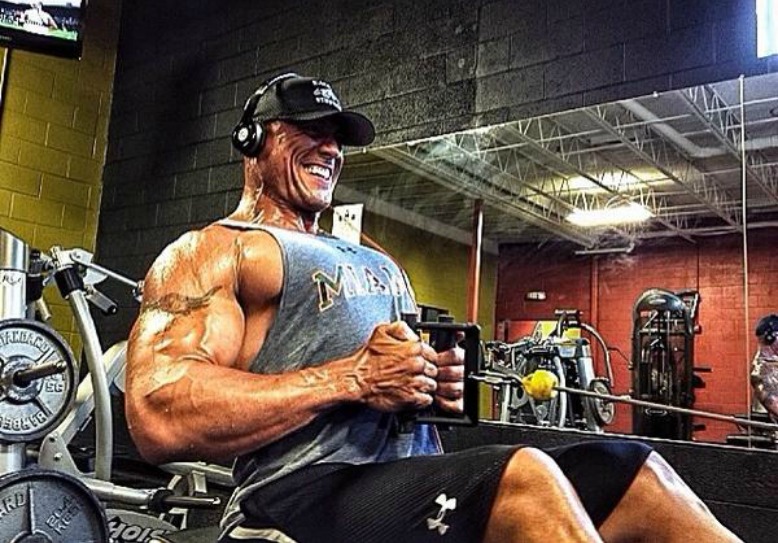
Athletic performance is based on the simple principle of fuel in, fuel out; in other words, it’s diet that is key to improving performance, whether as a professional athlete or a daily gym rat. This doesn’t mean that if you want to improve your running times, you have to go on a diet. No, diet, in its purest form, is the food you consume.
Performance athletes, such as professional football players and Olympic athletes, are bastions of using their diets to ramp up their athletic achievements. Many use a variety of tools, both technical and otherwise, to track their fuel consumption, training performance, and results:
Diet
One of the most well-known performance diets today is Dwayne Johnson’s. When you read the numbers, you might choke on whatever you happen to be eating at the moment. The Rock’s diet consists of more than 5000 calories a day from whole foods such as cod, chicken, and lots of veggies.
Johnson has worked with a conditioning coach to create his diet and then consume most of the those 5000 daily calories. Most athletes of Johnson’s caliber work with professionals educated in healthy lifestyle coaching or with registered dietitians to create their diets and workout regimens.
University of Oregon alumnae Ashton Eaton and Brianne Theisen-Eaton often share recipes from their diets on their website. Both are professional athletes who work with other professionals to create diet and training programs that push their performance.
Tech
Eaton and Theisen-Eaton are just two of the many athletes that Oregon-based sportswear giant Nike works with and outfits. Nike, following the trends of wearables, is upping the game with its thermoregulation technology.
Competing with companies like Xenoma, creator of e-skins and one the top wearable tech innovators, Nike has created AeroReact. Available for a little more than a year, the “smart fabric” senses the body’s production of heat and moisture and expands or contracts accordingly to circulate cooling air. The fabric was used during Rio 2016 in the U.S. Women’s Soccer team’s kit and is available on a limited number of consumer products.
Xenoma’s e-skin kit will launch in February of this year. Designed for multiple uses, one unique one is as a healthcare product. Many fitness wearables produce limited actionable data, but high-tech fabrics like e-skins and AeroReact are changing that. By their very nature, they offer more comprehensive feedback and adaptations, including the health of athletes.
Training
This kind of comprehensive feedback aids athletes in training for competition. Advanced wearables like Whoop have been available to college and professional athletes since their creation. They are now being made available to the public to aid in training.
Athletes don’t have to be college- or professional-level to want to perform at that level. The soccer mom down the street might be a competitive mountain biker looking to improve her race results.
The combination of a performance diet, use of tech tools, and proper training will help anyone wishing to improve fitness or athletic performance achieve those goals. Not everyone is going to train like The Rock or the Eatons, but modeling diet, tech, and training programs after performance athletes can only help.




